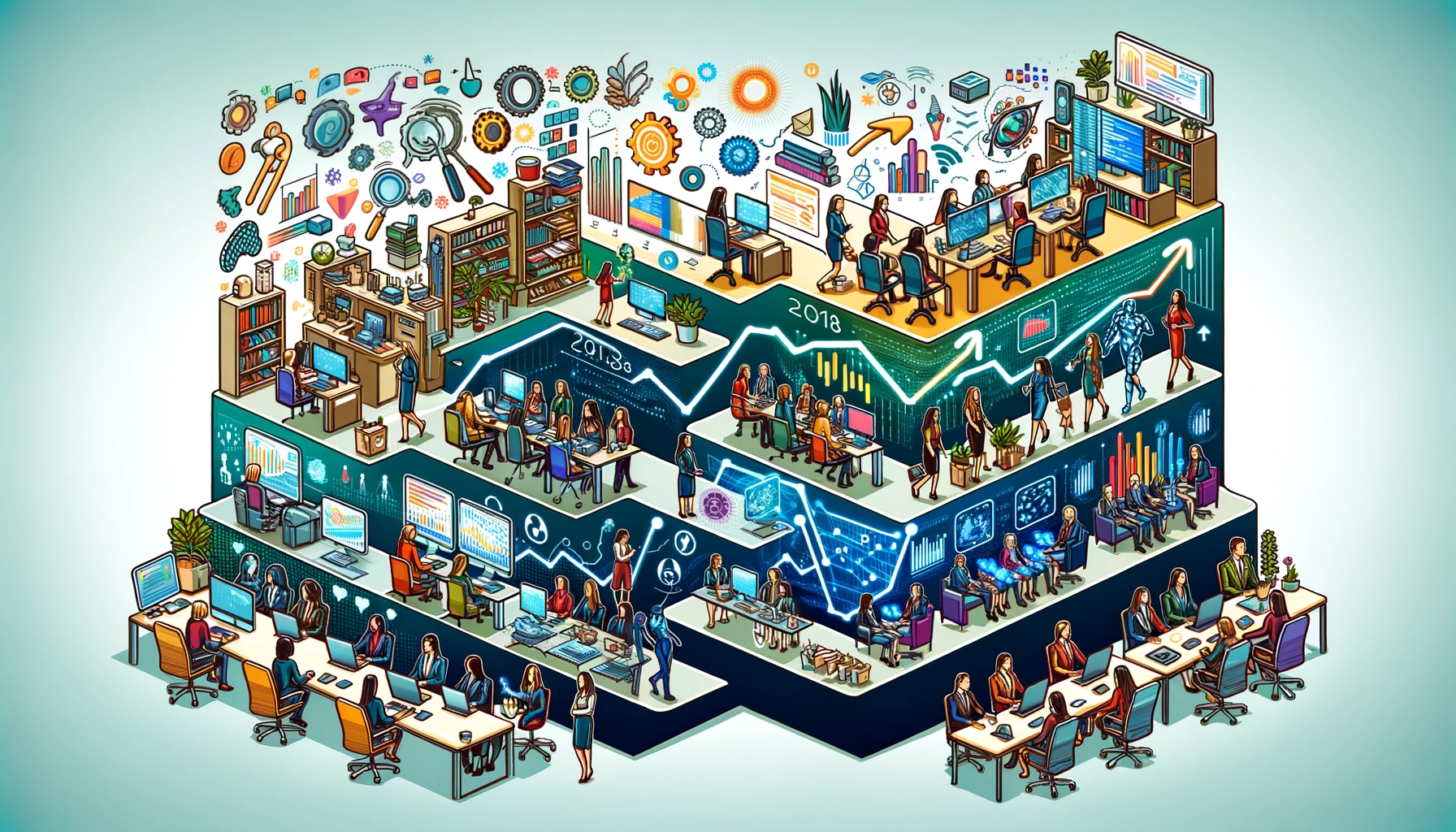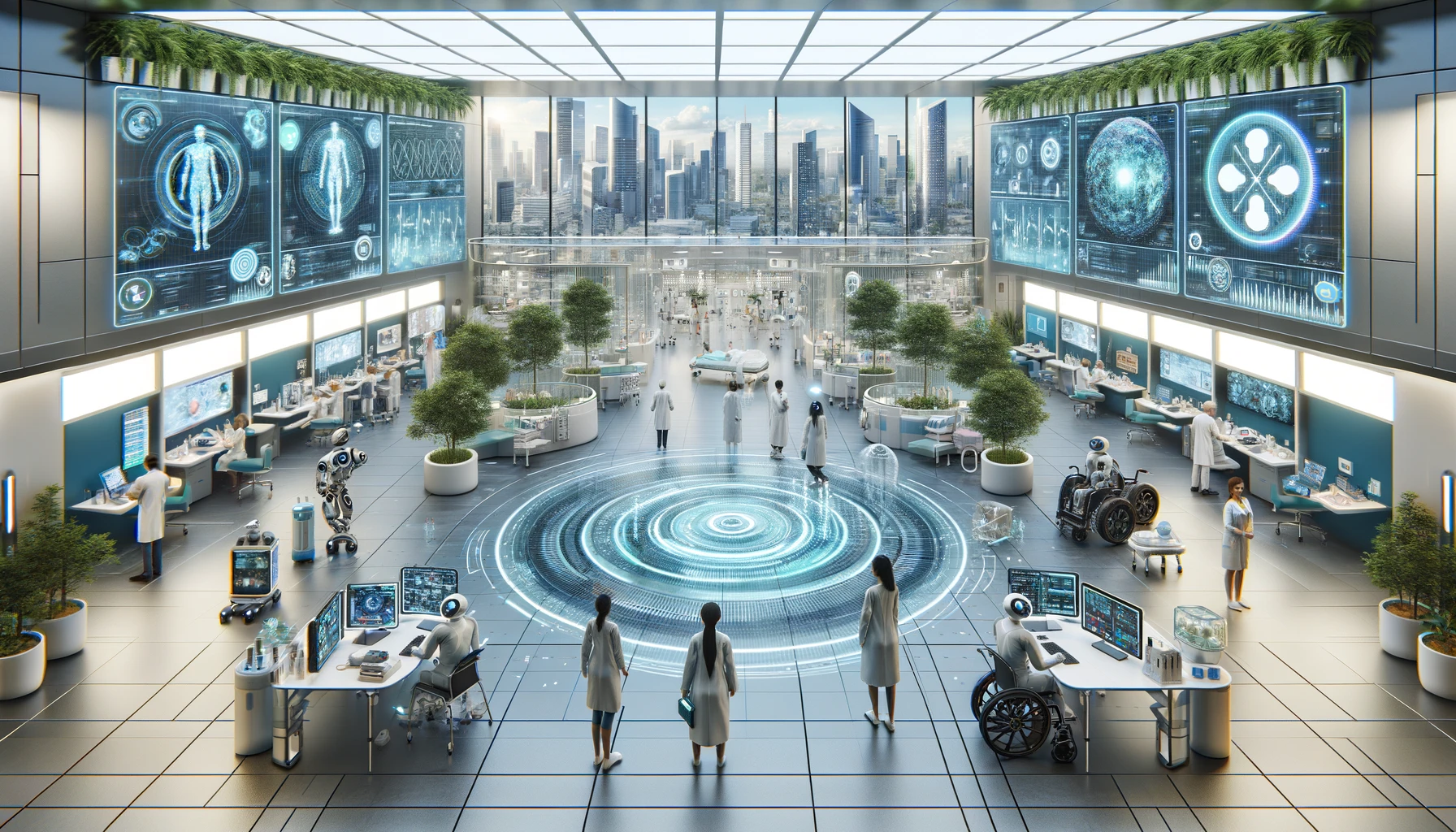Whether or not you realize it, many of us have actually welcomed chatbots and AI assistants into our homes or personal lives. The breakthrough of chatbots on our personal devices took place when Apple introduced Siri on their iPhone 4S in 2011. AI assistants like Amazon’s Alexa-powered Echo, Google Assistant, and Microsoft’s Cortana are in more than ten million homes today. Chatbots have advanced since the early days of ELIZA natural language processing (NLP) program in 1966, and are now changing the ways some major customer service departments operate. As the technology grows, will chatbots be the next generation of customer service representatives, or will there always be a need for a human intermediary?
Customer Service Turning Automated
In short answer, yes, there are still some technological barriers for chatbots that restrict them from completely replacing human customer service representatives — for now. A recent study by Forrester revealed that even though 60% of U.S. adults regularly use messaging or video chat to resolve their issues with a product or service, many still prefer the empathy and assurance of a human representative.
On the contrary, research from Gartner says the declining quality of customer service for some mobile giants has prompted them to consider chatbots as an alternative. As a matter of fact, Gartner went on to say that 2017 marks the year where only one-third of customer service interactions will require a human intermediary. Additionally, a Facebook-commissioned study by Nielsen revealed that 67% of customers expect to message businesses even more over the next two years. So although humans are still needed, companies like Apple, Facebook, Google, and Microsoft have invested billions of dollars to develop digital assistants on their platforms. This surge is called “bot-sourcing.”
Even though we’re still in the relatively early stages of understanding NLP, the advancements of AI and machine learning have made chatbots a worthy candidate. Experts in these fields estimate that within
three to five years, chatbots will be able to seamlessly assists customers and resolve many of their issues similar to a human representative. But how is this possible?
The Technology Behind Chatbots
A chatbot is an automated Conversational User Interface (CUI) that is embedded on a site, app, or device. The purpose of the bot is to provide useful information to the user through text-based chat, web chat, or even audio assistance. Because of machine learning, chatbots are able to actually get “smarter” over time as they begin to learn their user’s tendencies. However, this is only possible because of the thousands of networks of data that chatbots pull information from.
NLP is what converts speech for the chatbot to help it understand its user. There are different steps the chatbot must take to turn this data into an answer. Sentiment Analysis helps the chatbot understand tone and mood of the user, Name Entry Recognition points out keywords and names for the chatbot, and Dependency Parsing analyzes common phrases from the user.
Chatbots can classify data through three different methods: pattern matching (a simple classifier used in early chatbots), algorithms, or artificial neural networks (the most advanced classifier) — and each of these methods have variations. Classifying relevant data quickly is perhaps one of the most fundamentally important tasks for a chatbot, and this is where a chunk of the development money is being invested.
Using Chatbots Effectively
While the technology behind NLP, AI, and machine learning continues to grow, the potential for implementing more chatbots effectively in the customer service realm does as well. Large companies like Salesforce, Marriott Hotel, and Allstate Insurance have already shifted some of their support services in the hands of chatbots, and have had some remarkable results.
- Salesforce – The large cloud computing company is developing Einstein Vision, a set of APIs that make up image recognition software. Salesforce’s chatbot will be able read product barcodes and analyze a customer’s photo to provide support.
- Marriott Hotel – By implementing its chatbot on Facebook messenger, Slack, WeChat, and Google Assistant, Marriott allows rewards members to search and book hotels in more than 4,700 locations. According to Marriott’s customer engagement center, 44% were successfully assisted by the chatbot, and a total of 53% believe the chatbot will improve hospitality efforts.
- Allstate Insurance – After a 2016 expansion of commercial insurance lines for small businesses, Allstate Insurance implemented a chatbot called Allstate Business Insurance expert (ABIe) to assist questions and sales quotes for more than 12,000 agents. Eventually, ABIe will be able to answer inquiries directly from customers.
There are even startups emerging that build chatbots and provide them as a service, such as Visabot. This is an AI-powered immigration chatbot that has helped more than 70,000 immigrants since 2016 receive the proper, most relevant documentation to obtain a green card in the U.S.
Chatbots are more than a means to save on financial resources. Most chatbots right now exist to handle easier, more commonly asked questions that the bot may have been pre-exposed to. For more complex questions, customer service professionals in these companies provide expert assistance, and guide a customer through an issue if needed. At the moment, it is not feasible to rely completely on chatbots for all your customer service needs, but the chatbot features like the ones above can help improve the time and efficiency it takes to resolve customer issues.
Using Chatbots to Market Your Products
The chatbots we’ve described so far immensely help companies improve their overall customer service support; but chatbots today are also being used to help companies market their products. Chatbots are able to take insight from a customer and link them to an appropriate product.
- Victoria’s Secret – This company built a chatbot called PINK bot with the purpose of eliminating the potential awkwardness that may come with bra shopping. VSPINK bot is targeted towards teenage shoppers, and has been implemented on the Kik messenger app.
- H&M – Another company that uses Kik’s easy-to-use platform to display their clothing products is H&M. This bot is helpful because it’s meant to be interactive when engaging a customer, and even selects a complete outfit based on a customer’s positive or negative feedback. The chatbot can even be shared to a group chat so your friends can comment on the outfit as well.
- Domino’s – This famous pizza delivery chain uses Facebook Messenger to bring their full menu to the customer. Through simple commands like “order pizza” or “what are today’s deals”, a customer can complete their order with the chatbot without the need for a human representative.
These are just a few of the many bots that have been recently developed to help a company drive the sale of their products. Some chatbots have even been personalized with the company’s “voice” in mind. This enables a bot to reinforce the brand of a company when engaging with potential customers.
Next Steps for Chatbots
Undoubtedly, chatbots are here to stay, and their technology is only going to get better in the coming years as more money is poured into development. But if there’s one obstacle that is currently standing in the way of chatbot development, it’s the speed in which a chatbot can process data, and decipher which data is a “good” input and a “bad” input.
Take for example Microsoft’s infamous chatbot named Tay. This causal chatbot took data from Twitter users, and would essentially learn the information and Tweet its responses. Unfortunately, Microsoft didn’t consider that Tay would eventually draw data from racially insensitive pages on Twitter, and the bot had to be shut down.
Kemal El Moujahid, the lead product manager for Messenger Platform and M at Facebook, stated that bots are in a good place right now, but they simply require too much data over time to learn. The more data a chatbot has to process, the slower it will be. The next steps for chatbot innovation, stated El Moujahid, is figuring out how to make use of these powerful chatbot algorithms without requiring massive amounts of data for training.
Companies that have great personality-driven brand mascots like Geico’s gecko or Progressive’s Flo can consider similarly branding their chatbots in the future. Amazon’s Alexa, for example, is now a household name for AI assistants and recognized by millions worldwide. Because of Alexa’s brand, the AI is trusted by many users to provide helpful information and support. If companies want to gain a competitive edge, they’ll attempt to make their chatbots appear more “human” through proper branding.
As of now, only 44% of U.S. consumers would prefer a chatbot or a completely automated experience for CRM over a human customer service representative, according to Aspect Software Research. Though those numbers are expected to increase as our society as a whole moves towards more automation, the fact remains that human interaction is still important to many customers.





